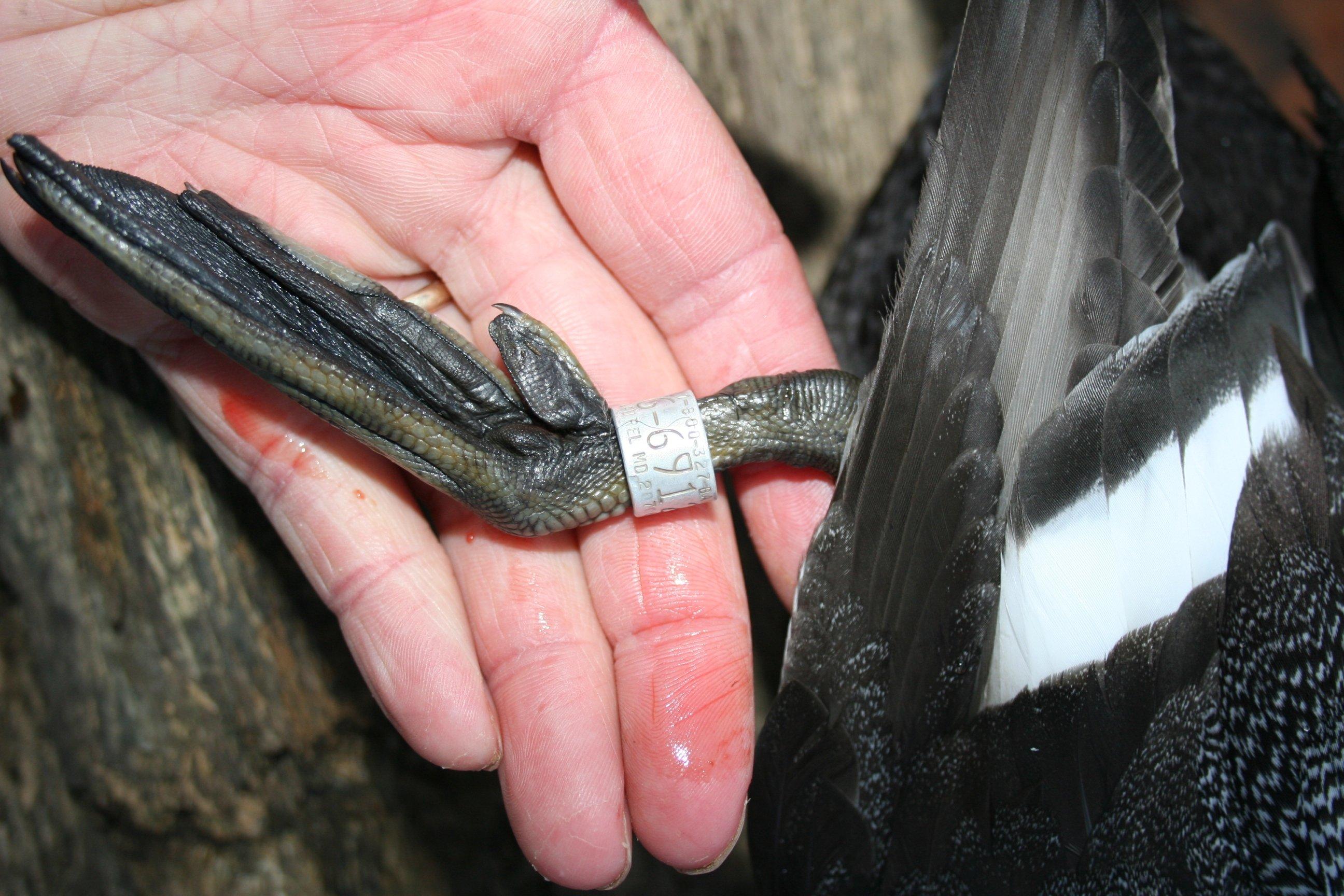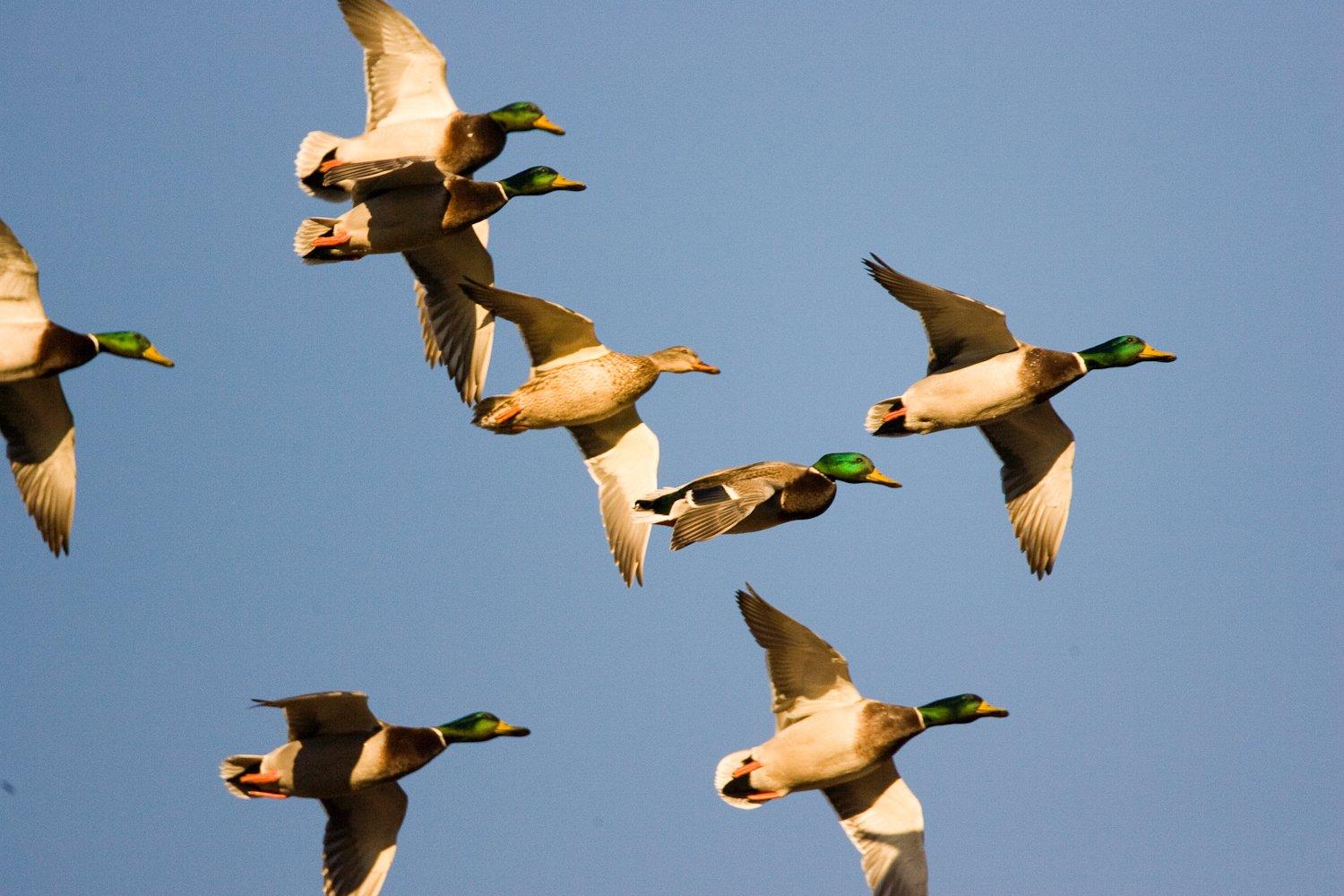For the Love of Trash Ducks

I recoiled a bit at her proclamation, but before I could silence the foolish talk, one of the Louisianans spoke up. Dang, girl, if you hold out for a while, we'll get you some nice greenheads to choose from. Then you can put a real duck on the wall.
Not getting her to hush before was a mistake. Things were on the verge of getting ugly in this blind. I don't want a greenhead, she said. In fact, I don't know what the deal is with mallards. I think they're overrated.
Oh, God. She said that?

Fortunately, those Louisianans are some of our best friends, so they didn't kill us. But the whole experience caused me to do some soul-searching, and I realized this: Maybe I agree with her. Mallards hog a lot of the limelight. Maybe they are a little overrated.
Thinking back, I remember a hunt in Stuttgart several years ago—a place where the mallard is definitely king. We'd had a tough time shooting anything that morning, but that afternoon, we found a weed-choked bayou where ducks swarmed like gnats on an old dog's nether region. A buddy and I slipped into some cattails and tossed out a dozen decoys. Gadwalls, teal, a wigeon or two and yes, the occasional shoveler, bombarded the little spread for an hour straight. We took turns, shooting the ducks feet down at all of 12 yards, and soon, we were approaching our limits. But then another of our buddies from the morning hunt called and said, I hear you guys shooting—best save a few spaces in your limit, though. I know of a place where we can go kill some greenheads.
Ducks continued to bomb our spread. We could've finished our limits with springing teal, hovering gadwalls or wigeon free-falling from the stratosphere—but we stopped shooting because they weren't mallards. Was it worth it? Well, that evening we sat for several hours and fired five more shots. We got one mallard drake and one more greenwing—and went home a duck or two shy of our limits.

But let's get real, here. It's easiest to remember the days when I've killed a limit. Often as not, those limits consisted of more off ducks than greenheads. And many times, those off ducks are pretty cool—and maybe more challenging to hunt than mallards.
Take a good diver shoot, for example. Bluebills, goldeneyes and buffleheads aren't necessarily wary or difficult to decoy—if you're in the right spot with the right spread. But locating and patterning a raft of divers on expansive, open water requires a good boat captain, lots of decoys, lots of knowledge in how to set those decoys, and good shooting skills. A bufflehead might skirt your spread at 40 yards and require a 10-foot lead. Make that shot, and you can be proud. If you miss? Well, that's pretty much what everyone expects. You can't really say the same for a 4-pound mallard drake falling through green timber.
Yeah, you say, divers are hard to hit. But calling doesn't mean squat to them, and I like to call.

And what about all the other ducks out there? Is anything really more fickle than a group of pintails? And what's up with gadwalls? It's like they're bipolar—all or nothing when it comes to working a decoy spread. I know guys who hunt for years to kill a pure coastal black duck, and I nearly succumbed to a depression before bagging a canvasback or a drake goldeneye. And don't forget the shoveler. They've saved many a hunt—and a drake in spring plumage is an impressive sight, whether you'll admit it to your buddies or not.
But if we're being honest about all these other ducks, let's be honest about mallards, too. They are the All-American quacker; it's difficult not to love 'em. Mallard populations are the yardstick by which the fall flight is judged each year. They're hearty and adaptable; if mallard populations aren't doing well, it's safe to worry about all the others, too. Mallards show up in every flyway, and wherever they're found, they're pretty dependable. Every duck is different in how they respond to decoys and calling—but honestly, I crave the sight of a flock of mallards banking perfectly on statuesque wings to a well-timed comeback call more than anything else in the marsh.

So it all goes back to the original question, the one that made me do some soul-searching: Are mallards overrated, or not? To me, there are just too many cool things involving other ducks that happen every season to be a monogamous mallard man. But if a flock of gadwalls are lighting in the decoys just as a flock of mallards are making their final bank at 60 yards, I'm probably going to hold off pulling the trigger until a greenhead is in range. Clears everything up, right?
So how about you? Are you a dedicated mallard snob, forsaking all others? Or do you secretly delight in the taking of trash ducks? Share your thoughts below.






